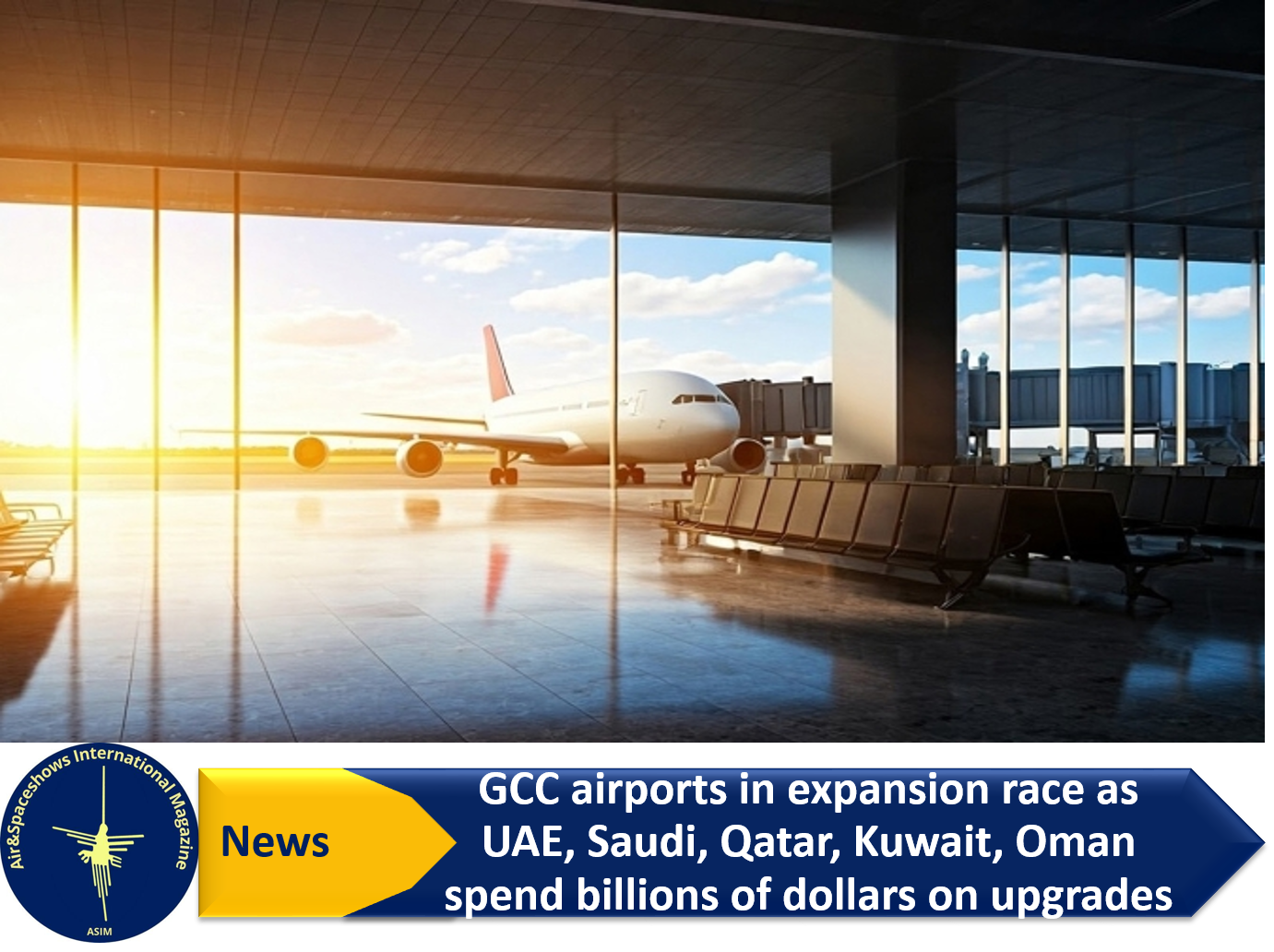ASIM, oct 03
Love at first sight is a powerful notion, and airports serve as the first impression of a city or country. A well-managed and efficient airport can significantly enhance the image of its location, making it a crucial aspect of international travel. The Middle East, home to some of the world’s finest airlines, is increasingly positioning itself to lead the global airport rankings.
In the 2024 World Airport Awards by SkyTrax, Hamad International Airport in Doha claimed the top position, surpassing Singapore’s Changi, while Dubai International Airport jumped to seventh place. Dubai International, the world’s busiest airport in 2023, was recognized as the second-best airport for those handling over 70 million passengers. Hamad International led the category for airports with 40-50 million passengers, while Bahrain and Muscat followed closely behind. These achievements reflect a remarkable transformation from the mid-1990s, when Middle Eastern airports were often seen merely as technical stopovers.
The aviation revolution in the Middle East began with Dubai’s ambition to become a global travel hub following the launch of Emirates Airline in 1985. Countries in the region are now leveraging their strategic locations to capture a larger share of the long-haul market. According to a recent OAG report, this transformation has been extraordinary, with the region evolving into a central aviation hub that connects major cities worldwide. Meanwhile, Saudi Arabia is emerging as a new contender with its Vision 2030, aiming to significantly increase air passenger traffic.
To support these ambitious growth plans, the Middle East’s airlines have placed substantial orders for new aircraft, necessitating airport expansions and upgrades. Notable projects include Dubai’s Al Maktoum International Airport, which is set to become the world’s largest, and Riyadh’s King Salman International Airport, designed to accommodate 120 million travelers by 2030. Other developments like the Red Sea International Airport and the expansion of Abha International Airport illustrate the region’s commitment to enhancing its aviation infrastructure, ensuring a seamless and unique travel experience for passengers.





